
A recent study proposed and tested a new approach for monitoring the nutritional quality of orange juice.
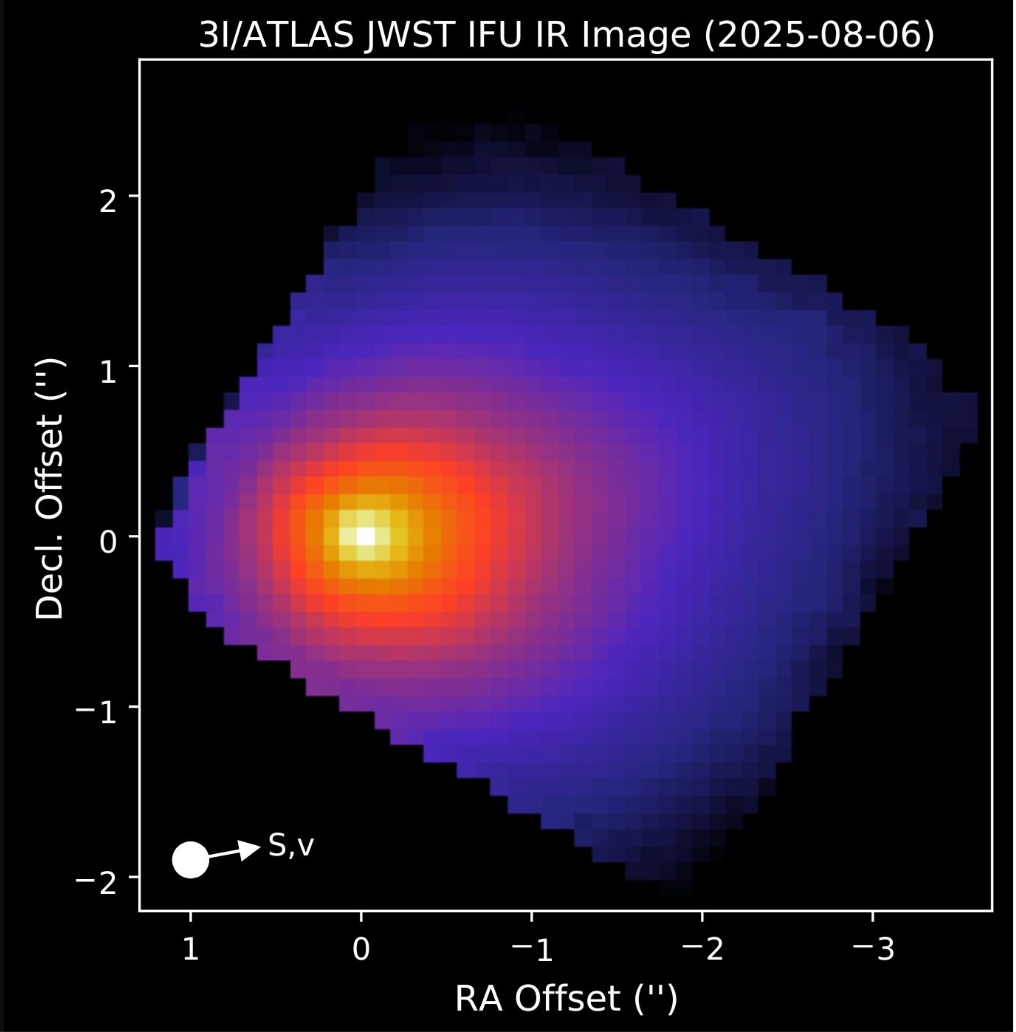

A recent study proposed and tested a new approach for monitoring the nutritional quality of orange juice.

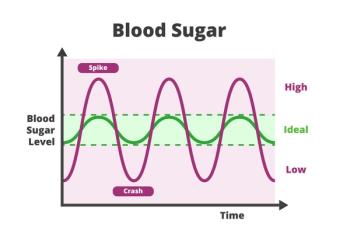
A new study demonstrates that combining multi-pass FT-IR with a quantum cascade laser, two-dimensional correlation spectroscopy, and machine learning reportedly boosts the accuracy of non-invasive blood-glucose testing. The approach reports a 98.8% classification accuracy, suggesting potential for clinically viable, needle-free diabetes monitoring.
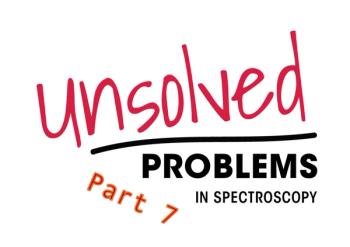
This tutorial explores the motivation, mathematical underpinnings, and practical approaches to fusing spectral data, with emphasis on early, intermediate, and late fusion strategies.

This Icons of Spectroscopy Series article features William George “Bill” Fateley, who shaped modern vibrational spectroscopy through landmark reference books and research papers, pioneering instrumentation, decades of editorial leadership, and deep commitments to students and colleagues. This article reviews his career arc, scientific contributions, and enduring legacy.
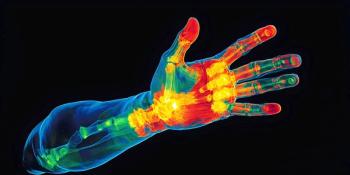
A research team in Japan has proposed a new principle, called the emission integral effect, to explain how mid-infrared passive spectroscopic imaging can detect blood glucose levels without invasive methods. Their findings suggest that dilute components like glucose may be more identifiable than concentrated ones when using this technique.

Researchers have developed a miniature non-invasive blood glucose monitoring system using near-infrared (NIR) technology. The compact, low-cost device uses infrared light to measure sugar levels through the fingertip, offering a painless alternative to traditional finger-prick tests.

Researchers from Sharif University of Technology, Tehran, present an approach using near-infrared absorbance and molar absorptivity to estimate blood glucose with a drawn blood sample—showing comparable performance to methods that apply principal components regression (PCR).

Near-infrared (NIR) spectroscopy combined with aquaphotomics shows potential for a rapid, non-invasive approach to detect subtle biochemical changes in biofluids and agricultural products. By monitoring water molecular structures through water matrix coordinates (WAMACs) and visualizing water absorption spectrum patterns (WASPs) via aquagrams, researchers can identify disease biomarkers, food contaminants, and other analytes with high accuracy. This tutorial introduces the principles, practical workflow, and applications of NIR aquaphotomics for everyday laboratory use.

This tutorial provides an in-depth discussion of methods to make machine learning (ML) models interpretable in the context of spectroscopic data analysis. As atomic and molecular spectroscopy increasingly incorporates advanced ML techniques, the black-box nature of these models can limit their utility in scientific research and practical applications. We present explainable artificial intelligence (XAI) approaches such as SHAP, LIME, and saliency maps, demonstrating how they can help identify chemically meaningful spectral features. This tutorial also explores the trade-off between model complexity and interpretability.

Researchers have demonstrated a non-invasive method using milk and near-infrared spectroscopy combined with Aquaphotomics to accurately detect Paratuberculosis in dairy cattle. The technique offers faster, more sensitive diagnosis than traditional methods.
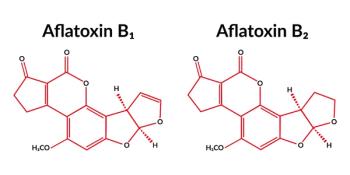
Researchers have demonstrated that visible and near-infrared spectroscopy, combined with chemometric and aquaphotomic analysis, can accurately classify and quantify aflatoxin contamination in white and yellow maize, offering a faster, non-destructive alternative to traditional methods.

Researchers have developed a rapid, non-invasive screening method for esophageal squamous cell carcinoma (ESCC) using near-infrared spectroscopy and aquaphotomics. The approach analyzes plasma water patterns, achieving over 95% accuracy in distinguishing patients from healthy controls

A recent study demonstrated that combining hyperspectral imaging with multivariate curve resolution can non-invasively detect and monitor intestinal necrosis in acute mesenteric ischemia, offering a promising tool for earlier diagnosis and improved patient outcomes.

This tutorial contrasts classical analytical error propagation with modern Bayesian and resampling approaches, including bootstrapping and jackknifing. Uncertainty estimation in multivariate calibration remains an unsolved problem in spectroscopy, as traditional, Bayesian, and resampling approaches yield differing error bars for chemometric models like PLS and PCR, highlighting the need for deeper theoretical and practical solutions.

This tutorial investigates the persistent issue of sample heterogeneity—chemical and physical—during spectroscopic analysis. Focus will be placed on understanding how spatial variation, surface texture, and particle interactions influence spectral features. Imaging spectroscopy, localized sampling strategies, and adaptive averaging algorithms will be reviewed as tools to manage this problem, as one of the remaining unsolved problems in spectroscopy.

A recent study presented an AI-enhanced NIRS-XRF fusion spectroscopy method that significantly improves coal classification and quality prediction for coking enterprises.

Inter-instrument variability is a major obstacle in multivariate spectroscopic analysis, affecting the reliability and portability of calibration models. This tutorial addresses the theoretical and practical challenges of model transfer across instruments. It covers spectral variability sources—such as wavelength shifts, resolution differences, and line shape variations—and presents key standardization techniques including direct standardization (DS), piecewise direct standardization (PDS), and external parameter orthogonalization (EPO). We discuss the underlying mathematics of these approaches using matrix notation and highlight limitations that must be considered for reliable universal calibration.

Researchers in Brazil have demonstrated that near-infrared (NIR) spectroscopy, combined with chemometric modeling, can accurately and non-invasively analyze methane, carbon dioxide, and water content in high-pressure natural gas systems.
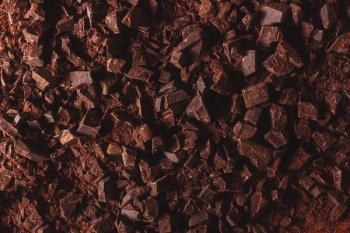
Researchers have developed a fast, chemical-free method using near-infrared spectroscopy to accurately analyze the quality of dark chocolate, offering a sustainable alternative to traditional testing techniques.

A new study led by Gaëlle Belleau-Magnat at Université de Sherbrooke reveals that Arctic gossans, analyzed using rover-compatible techniques, may serve as valuable analogs for Martian environments and help guide the search for past life on Mars.

In a 2025 study, Indian researchers demonstrated that combining near-infrared (NIR) spectroscopy with aquaphotomics enables rapid, non-destructive detection of adulterants in honey by analyzing changes in water’s spectral behavior. Using chemometric models, they accurately identified and quantified six common adulterants, offering a powerful tool for food authenticity and quality control.

Researchers in Bangladesh have developed a rapid, non-destructive method to detect honey adulteration using UV-Vis-NIR spectroscopy paired with machine learning. Their findings could protect consumers and support food quality enforcement.

This tutorial introduces how NIR spectroscopy works for honey analysis, explores practical workflows, discusses real-world applications, and outlines best practices for implementing this technique in food labs.

A new bibliometric study published in Infrared Physics & Technology highlights the growing global impact of near-infrared (NIR) spectroscopy in biofuel research, revealing key trends, contributors, and future directions for advancing sustainable energy solutions.